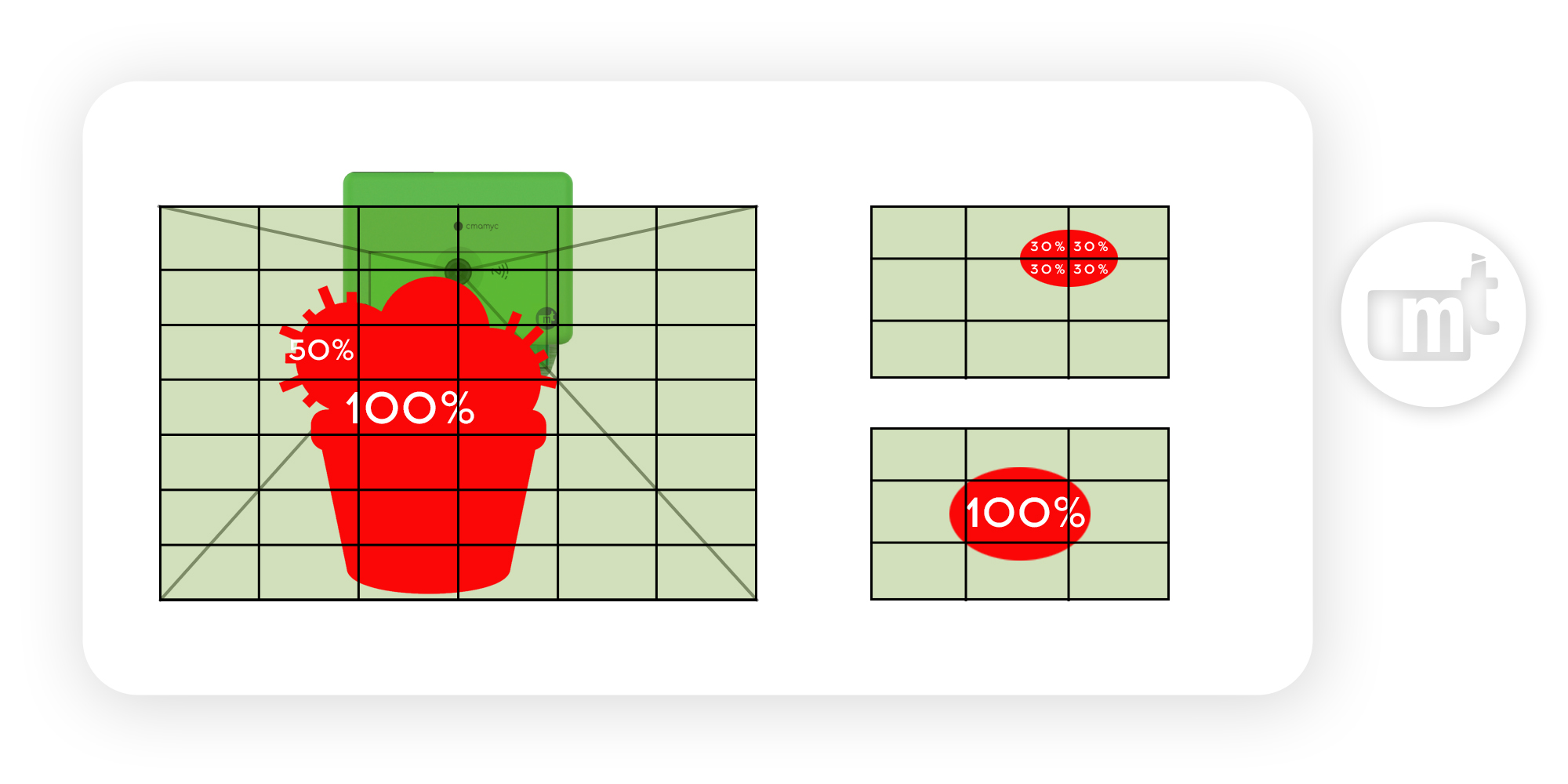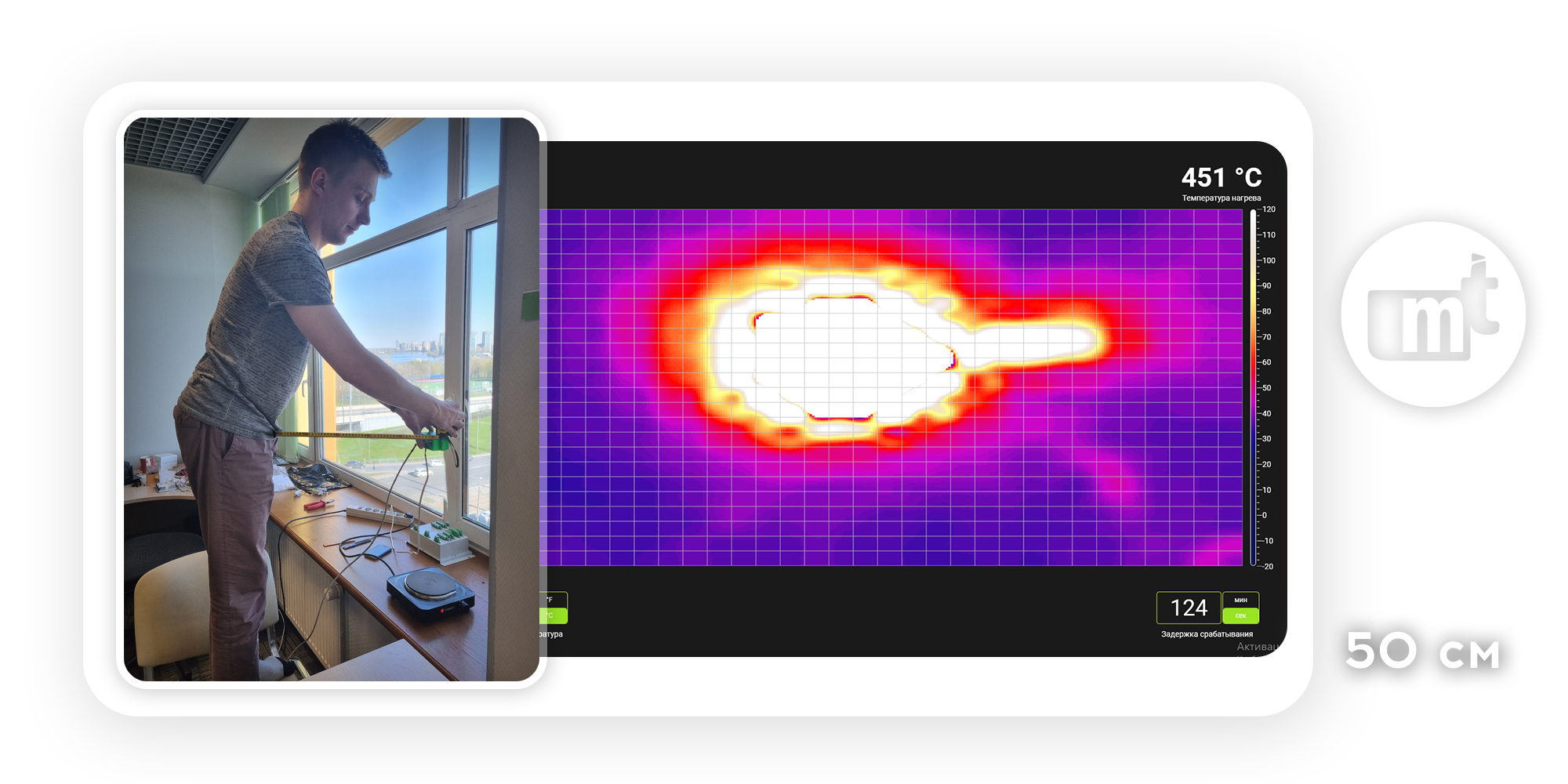Disclaimer : If you are professional in thermal imaging measurements or are sophisticated in the physics of wave processes, the article will most likely present itself to you as just a simplified explanation of the facts known to you. If you are just starting to get acquainted with the topic, reading will give useful information about the "rake" on which you can step, but it is better not to.
Controlling the heating of equipment or the temperature of the technological process is the most important task, no matter what industry we are talking about. You may be interested in how hot the reagents are in chemical production, the temperature of mechanically interacting machine tool parts, or the thermal state of insulation and contact connections of energy infrastructure elements. It was the last task that we solved when creating the first thermal imaging protection relay.
Our team has significant experience in creating relay protection devices, but this is the first time we have encountered thermal imaging measurements. There are already technical solutions on the market for monitoring the temperature of contact joints based on alternative technologies - the use of contact temperature sensors, pyrometric sensors or gas analysis systems. However, all of them are inferior in a number of characteristics to the thermal imaging method.
Why did we choose the thermal imaging principle of temperature measurement? It has obvious advantages over any of the alternative technologies:
Non-contact measurements.
At the facilities of the electric power industry, contactlessness, first of all, allows for a more convenient installation of equipment, as well as to reduce the effect of electromagnetic fields on the electronic components of the device.
Wide control area.
, , .
.
( ). , «» , .
-
, , , , . , 100 °C 60%.

:
.
, , :
) , ( );
) , .
, , – , . ( ).
: -, . , - , , , . . – .
.
(far infrared - 7-13 ). (.. – , , ). , 100 100 .
(near infrared - 0,7-3 ). , . , 1000 , , 100 , . . 100 .
. , , . , . , «», .

, . . :
) , ;
) .
, – .
(, , , , ) ( 0,8) . , . .
– , . – , -, . . , . , , , . , , , .

: , , . , , - .
, (. ). , . ( , 22 ), .
, .
, . , – , – .

( , ). , , . , , , .
. .
, , . , — , . . .

«» . -.

.
: , , .
: , .
- , .

, , . , . .
( ), 0,5, 1 1,5 . , .
450 .

50 .

100 – 5 ( 1% ).

150 – 12 ( 3% ). «» – .
, , .
. :
.
– , , - , .
.
. .
.
. , , .
.
.
. , :
( 0,8) 7-13 .
, – , ; ; ; ; .
The measurement object with a guarantee fills at least one pixel of the matrix, taking into account the distortion at the edges.
We have given recommendations on the minimum dimensions of the controlled object depending on the distance, taking into account the position of the pixel on the matrix.
The distance to the measuring object in the cabinet / cubicle is irrelevant.
The result of our work was the thermal imaging protection relay "KAKTUS" - a device 24/7 that monitors contact connections / cable joints / other elements of the energy infrastructure and, in case of unacceptable overheating, signals this through discrete outputs or RS-485 interface.